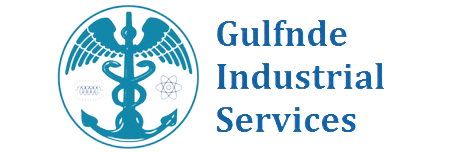Q: What is Time-of-Flight Diffraction (TOFD)?
A: Time-of-Flight Diffraction
(TOFD) is an ultrasonic testing technique that uses diffraction patterns to
detect and size flaws in welds.
Q: What are the advantages of TOFD?
A: TOFD provides accurate sizing
of flaws and can detect flaws that are not visible with traditional ultrasonic
testing methods. It is also faster and more efficient than other methods.
Q: What are the limitations of TOFD?
A: TOFD requires a high level of
technical expertise to perform correctly, and it can be affected by surface
irregularities and other factors that can cause diffraction patterns to be
misinterpreted.
Q: What are some applications of TOFD?
A: TOFD is commonly used for
weld inspection, particularly in the aerospace and power generation industries.
Q: What are the key components of a TOFD system?
A: A TOFD system consists of two
ultrasonic transducers that are placed on opposite sides of the weld being
inspected, a data acquisition system that records the signals, and software
that analyzes the data.
Q: What are some common sources of noise in TOFD testing?
A: Common sources of noise in
TOFD testing include signal attenuation, signal distortion due to surface
irregularities, and interference from other sources.
Q: What are some methods for analyzing TOFD data?
A: TOFD data can be analyzed
using a variety of methods including amplitude analysis, time-domain analysis,
and frequency-domain analysis.
Q: What are some safety considerations for TOFD testing?
A: TOFD testing involves
exposure to high-frequency sound waves, which can pose a risk to human hearing.
Safety measures should be taken to protect personnel, including the use of
hearing protection and monitoring of sound levels.


